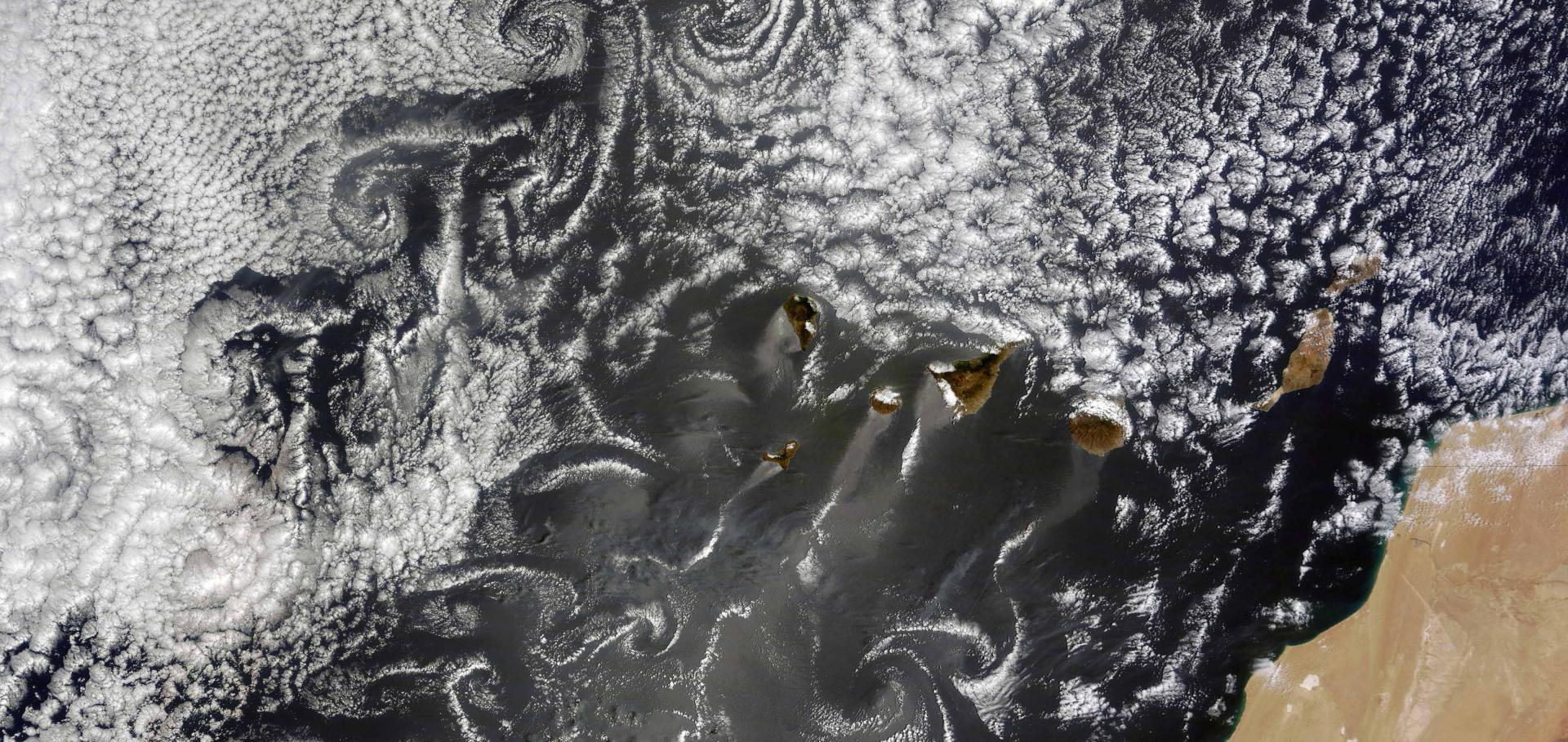Model calibration using ESEm v1.0.0 -- an open, scalable Earth System Emulator
(2021)
Supplementary material to "Opportunistic Experiments to Constrain Aerosol Effective Radiative Forcing"
(2021)
Contrasting responses of idealised and realistic simulations of shallow cumuli to aerosol perturbations
Geophysical Research Letters Wiley 48:13 (2021) e2021GL094137
Abstract:
Shallow clouds remain greatly significant in improving our understanding of the atmosphere. Using the Met Office Unified Model, we compare highly idealised simulations of shallow cumuli with those using more realistic domains, with open lateral boundaries and varying large-scale forcing. We find that the realistic simulations are more capable of representing the cloud field on large spatial scales, and appear to limit the aerosol perturbations leading to impacts on the thermodynamic conditions. Aerosol perturbations lead to changes in the cloud vertical structure, and thermodynamic evolution of the idealised simulations; a central feature of behavior seen previously in idealised simulations. Modelling approaches with open boundaries and time-varying forcing may allow for improved representation of shallow clouds in the atmosphere, and greater understanding of how they may respond to perturbations.On the contribution of fast and slow responses to precipitation changes caused by aerosol perturbations
Atmospheric Chemistry and Physics European Geosciences Union 21:13 (2021) 10179-10197
Abstract:
Changes in global-mean precipitation are strongly constrained by global radiative cooling, while regional rainfall changes are less constrained because energy can be transported. Absorbing and non-absorbing aerosols have different effects on both global-mean and regional precipitation, due to the distinct effects on energetics. This study analyses the precipitation responses to large perturbations in black carbon (BC) and sulfate (SUL) by examining the changes in atmospheric energy budget terms on global and regional scales, in terms of fast (independent of changes in sea surface temperature, SST) and slow responses (mediated by changes in SST). Changes in atmospheric radiative cooling/heating are further decomposed into contributions from clouds, aerosols, and clear–clean sky (without clouds or aerosols). Both cases show a decrease in global-mean precipitation, which is dominated by fast responses in the BC case and slow responses in the SUL case. The geographical patterns are distinct too. The intertropical convergence zone (ITCZ), accompanied by tropical rainfall, shifts northward in the BC case, while it shifts southward in the SUL case. For both cases, energy transport terms from the slow response dominate the changes in tropical rainfall, which are associated with the northward (southward) shift of the Hadley cell in response to the enhanced southward (northward) cross-equatorial energy flux caused by increased BC (SUL) emission. The extra-tropical precipitation decreases in both cases. For the BC case, fast responses to increased atmospheric radiative heating contribute most to the reduced rainfall, in which absorbing aerosols directly heat the mid-troposphere, stabilise the column, and suppress precipitation. Unlike BC, non-absorbing aerosols decrease surface temperatures through slow processes, cool the whole atmospheric column, and reduce specific humidity, which leads to decreased radiative cooling from the clear–clean sky, which is consistent with the reduced rainfall. Examining the changes in large-scale circulation and local thermodynamics qualitatively explains the responses of precipitation to aerosol perturbations, whereas the energetic perspective provides a method to quantify their contributions.Isolating large-scale smoke impacts on cloud and precipitation processes over the Amazon with convection permitting resolution
Journal of Geophysical Research: Atmospheres American Geophysical Union 126:13 (2021) e2021JD034615


